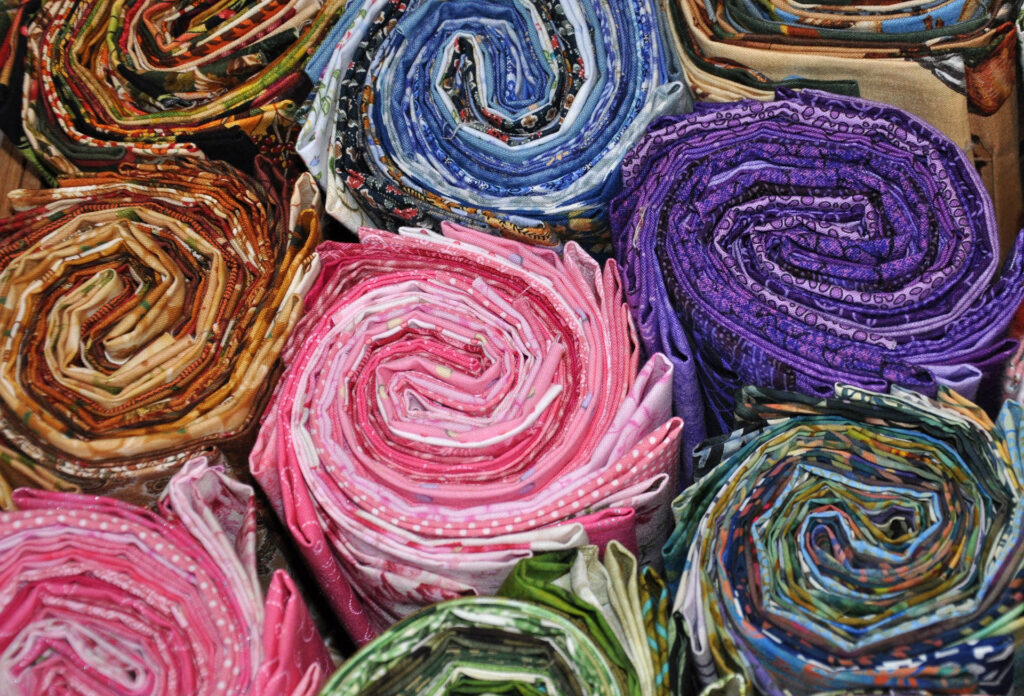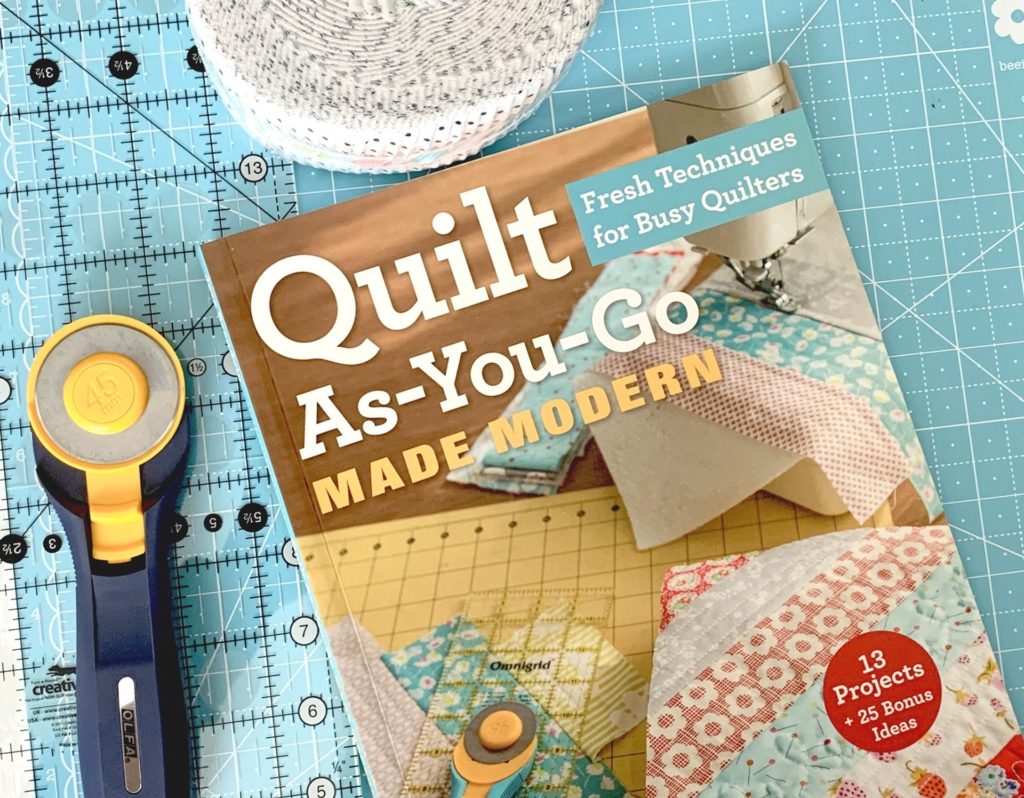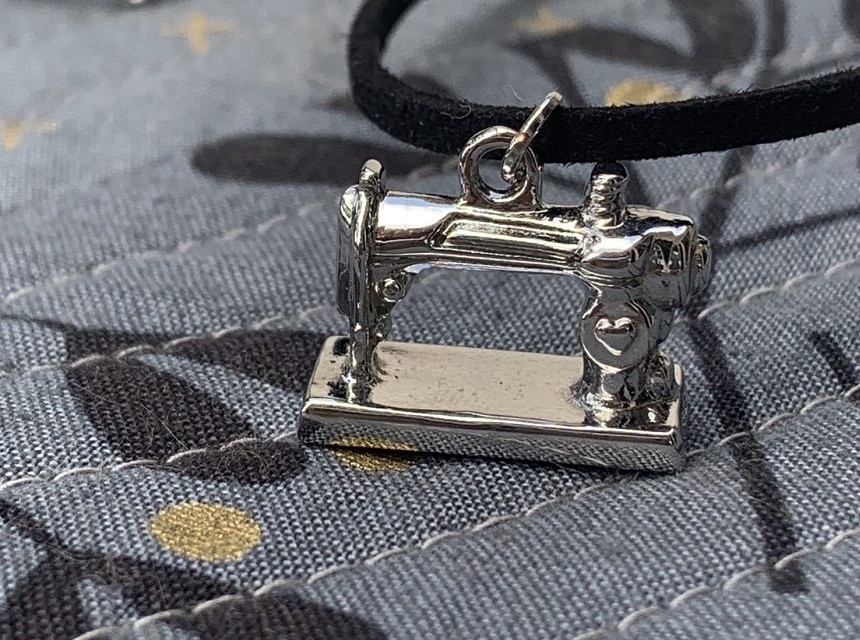

Quilting and sewing is a hobby for some and a career for others. Many people look to quilting as a way to express themselves and find peace, while others are looking to quilt as a way to create gifts for themselves and others.
Quilting has exploded in popularity over the last few years. In fact, CNN Trusted Source Pandemic 2020: The long lost hobbies people are the world are revisiting - CNN When Larry Ginsberg began working from his New Jersey home last week due to the coronavirus pandemic, he never expected a faint smell of smoke and the sound of a roaring locomotive to emanate from his basement. www.cnn.com stated that millions of people were turning to the hobby during the coronavirus pandemic as a way to stay active at home and rely on themselves as businesses shuttered. Quilting is not only fun and relaxing. It is beneficial to the home too.
However, most people are very old-school about quilting and use the typical supplies and tools millions have for years, such as a hoop. Hand quilting with a hoop is a common, useful, reliable approach to quilting. It can be hugely beneficial when you are working on a large project and want to maintain a consistent form and look. Many quilters thank their lucky stars that hoops exist, and there are many quilting projects that just wouldn’t be possible without one.
But there is debate over how often and when you should quilt with a hoop. Some people are strongly in favor of quilting without one, even though it can be a bit trickier and can lead to a few mistakes if you don’t do it accurately. But how do you do it? How to hand quilt without a hoop is a talent that not all quilters have, even if they want it? How is it done? What are the necessary steps to quilt without a hoop?
Hand quilting without a hoop certainly requires dedication and skill, but it isn’t as hard as some people make it out to be. You just need to know what you are doing and follow some simple steps. With these instructions, you can be quilting without a hoop in no time, no matter the project and no matter its size.
So, what do you need if you decide you want to quilt without a hoop? How do you even start a process and project like that? Firstly, you are going to need to get your hands on certain tools that will make the whole process easier and will leave you with a quilt that you and your family and friends are happy with. Just because you are doing this without a hoop doesn’t mean you are doing it without any tools. Here is what you need to quilt without a hoop like a true professional.
The most important tools needed for quilting without a hoop are as follows:
It is also important to have other reliable quilting supplies handy, such as a pin. Brands such as Clover create some of the most time-tested and well-reviewed pins because they are consistent and strong and have been used by millions for years. If you are searching for other great quilting pins, look no further than right here.
Should you use a sewing machine? Many people say yes, simply because of the ease that it adds to the entire process. However, a sewing machine is a complicated piece of machinery, and you want one you can rely on. The right machine, like the one from Juki, can completely change your sewing process for the better. It can relieve tension and aches, and pains in your hands as well as remain durable and accurate for years to come. If you are looking to become a seasoned sewing pro, a machine might be the right choice for you. If you decide to invest in a machine, there are many great techniques for beginners that will make your quilting career take off like a rocket.
Now that you have all your materials, it is time for you to start quilting without a hoop. The process isn’t as hard as you might imagine, but it is very important and vital that you stick to the process as closely as possible. You do not want to allow any room for error.
Firstly, you need to cut the thread at about 18-24 inches long and put it through the needle. Meanwhile, on the other end of the thread, tie the knot.
Pull the needle and thread through the quilt’s back to the location where you are looking to start the quilt. Tug on the knot and get it through the fabric and make sure that it doesn’t appear through the top material.
After that, it is time to start stitching. Create even little stitches, although if you are a newcomer, larger stitches are completely acceptable and expected as you learn to become a master sewer. A good general rule of thumb is about six stitches for every inch if you are a beginner. In time, you will push that up to 12 stitches per inch. But don’t rush, take your time, and your skills will improve naturally.
Use your underneath hand to push the loose fabric onto the needle evenly and slowly.
Maintain an even tension throughout the thread and ensure that you are loading your stitches. Doing so will prevent you from pulling all the thread up when stitching.
As you can see, quilting without a hoop isn’t some complex process. It is straightforward and follows an easy-to-remember process. However, it takes pure dedication, accuracy, and time. Typically, a small quilt can take about 12 hours to complete using this process. Anything larger than that, the time is going to be even longer. Thankfully, quilting is a wonderful and fun activity, so even if it takes a while, it will be a blast the entire time.
One of the best things about quilting is all the possibilities. There are countless ways to quilt, countless stitches and patterns, and approaches out there. There is so much to explore. Here are some of the best stitches to attempt when you are quilting without a hoop.
Use this style at the beginning or end of your stitch pattern. How is it done? Simply wrap the thread around the needle three times, no more and no less. Then you will pull the three hoops down over your yarn to create the knot. Snip off any excess thread with your scissors and start stitching at the center of the quilt. Then pull the knot through the fabric towards the back of the quilt. You have achieved a quilter’s knot.
Insert the needle through the front of the fabric and pinch a tiny piece of the fabric on the back. Then, stitch through multiple times in a firm, strong pattern.
Creating a tunneling stitch without a hoop just asks that you hold your needle parallel to the material for even stitches.
Take one of your hands and place it under the bottom layer of the fabric, and then use the other to stitch from the top. Under the bottom hand to bring the needle back to the top layer in a rocking motion. Create this pattern around 4 to 5 times before you pull the thread out.
When creating a rocking stitch, use a thick needle and do not loop or cross the thread.
You have now learned what it takes to quilt without a hoop. As it was stated in the beginning, it isn’t nearly as complicated as you might imagine. When you are done with your hand-made quilt, you can find wonderful ways to hang it, use it, wrap around your legs on the couch or drape it over the bed in the evening. Whatever you decide to do with your quilt, you should be proud that you did it all by hand and with nothing more than your skill and determination.
Quilting is one of the most relaxing and rewarding hobbies in the world, capable of both calming you down and helping you find peace, and creating family heirlooms that people will treasure for generations. While you don’t always have to quilt without a hoop, you can now see that doing so provides you a sort of artistic freedom that feels great – and looks great too.





